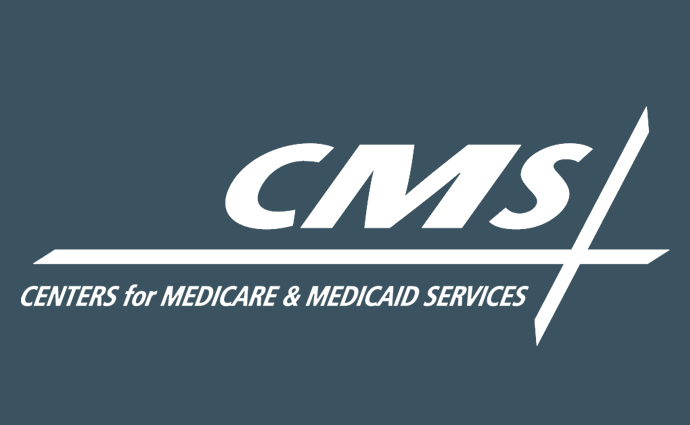CMS Finalizes Hospital Price Transparency Rules, 3% Payment Boost
Acute care providers will face more comprehensive hospital price transparency and interoperability rules, as well as a three percent payment increase in 2019.

Source: Xtelligent Media
- CMS recently finalized a rule that will establish more comprehensive healthcare price transparency rules for hospitals.
In the final rules on the Medicare prospective payment systems for the inpatient (IPPS) and long-term care (LTCH PPS) settings, CMS finalized a rule that will require hospitals to publicize a list of their standard charges online in a machine-readable format.
Hospitals will also have to update this information at least annually. However, the federal agency recommends that hospitals refresh the list of standard charges “as often as appropriate.”
“The policies in the IPPS/LTCH PPS final rule further advance the agency’s priority of creating a patient-centered healthcare system by achieving greater price transparency, interoperability, and significant burden reduction so that hospitals can operate with better flexibility and patients have what they need to be active healthcare consumers,” CMS wrote in a fact sheet on the final rules.
Additionally, the final rules contain policies to advance healthcare interoperability and reduce administrative burden.
READ MORE: 4 Strategies for Providers to Improve Hospital Price Transparency
The policies specifically will start to implement core components of the White House-led MyHealthEData initiative. CMS will start the implementation process by transforming the Medicare and Medicaid Promoting Interoperability Programs, which were formerly known as the Medicare and Medicaid EHR Incentive Programs. The policy changes include:
- EHR reporting period of a minimum of any continuous 90-day period in 2019 and 2020 for new and returning participants
- New performance-based scoring methodology with a smaller set of objectives
- Two new e-prescribing measures related to e-prescribing opioids
- Removal of measures that do not promote interoperability and the electronic exchange of health information
The final rules also stress the requirement for providers to use the 2015 Edition of certified EHR technology in 2019 to qualify for incentive payments and avoid Medicare penalties.
“This updated technology includes the use of application programming interfaces (APIs), which have the potential to improve the flow of information between providers and patients,” CMS explained. “APIs can enable patients to collect their health information from multiple providers and incorporate it into a single portal, application, program or other software. This will support a patient’s ability to share their information with another member of their care team or with a new doctor, which can reduce duplication and encourage continuity of care.”
The final rules also set policies to continue implementation of the Meaningful Measures initiative. The rules will eliminate “unnecessary, redundant and process-driven measures from several pay-for-reporting and pay-for-performance quality programs.”
In total, the federal agency will remove 18 measures from hospital programs and de-duplicate another 25 measures. For long-term care hospitals, the federal agency will eliminate three measures in the LTCH Quality Reporting Program.
READ MORE: The Difference Between Medicare and Medicaid Reimbursement
CMS intends for the Meaningful Measure changes and other reporting policies in the rules to reduce administrative burden. Changes to hospital quality and value measures should save hospitals over 2 million hours and $75 million annually, the federal agency projects.
“We’re excited to make these changes to ensure care will focus on the patient, not on needless paperwork. We’ve listened to patients and their doctors who urged us to remove the obstacles getting in the way of quality care and positive health outcomes,” stated CMS Administrator Seema Verma.
“Today’s final rule reflects public feedback on CMS proposals issued in April, and the agency’s patient-driven priorities of improving the quality and safety of care, advancing health information exchange and usability, and removing outdated or redundant regulations on healthcare providers to make way for innovation and greater value.”
Along with the policy changes, the IPPS and LTCH PPS final rules will also boost Medicare reimbursement to acute care and long-term care hospitals. The final rules will increase the average payments to acute care hospitals by about three percent, the CMS reported.
The Medicare reimbursement update accounted for rate updates required by law as well as payments for new health IT tools and uncompensated care, the federal agency noted.
READ MORE: WA Makes Healthcare Price Transparency Consumer-Friendly
CMS will also update the LTCH PPS standard federal payment rate by 1.35 percent, the rule states. Overall, CMS estimates that long-term care hospitals will see a 0.9 percent, or $39 million, increase in Medicare reimbursement in 2019.
The final rule also eliminated the 25 percent threshold policy that lowered LTCH reimbursement to an equivalent amount under the IPPS for patients transferred from an acute care hospital that has referred more than one-quarter of its patients to the LTCH.
Industry groups, such as the American Hospital Association, have been calling for the policy’s removal for several years even though the policy never went into full implementation.
“Specifically, we are firmly opposed to the 25% Rule because it would materially reduce payments for care provided to patients who meet the statutory criteria for a full LTCH PPS [prospective payment system] rate,” Tom Nickels, AHA Executive Vice President, wrote in 2017.
“Further, given the scale of LTCH cuts under site-neutral payment, implementing the 25-Percent Rule payment penalties would unjustifiably exacerbate the instability and strain on the field, which would threaten access for the high-acuity, long-stay patients that require LTCH-level care,” he continued.
The 25 percent threshold policy will no longer impact long-term care hospitals by 2019.
